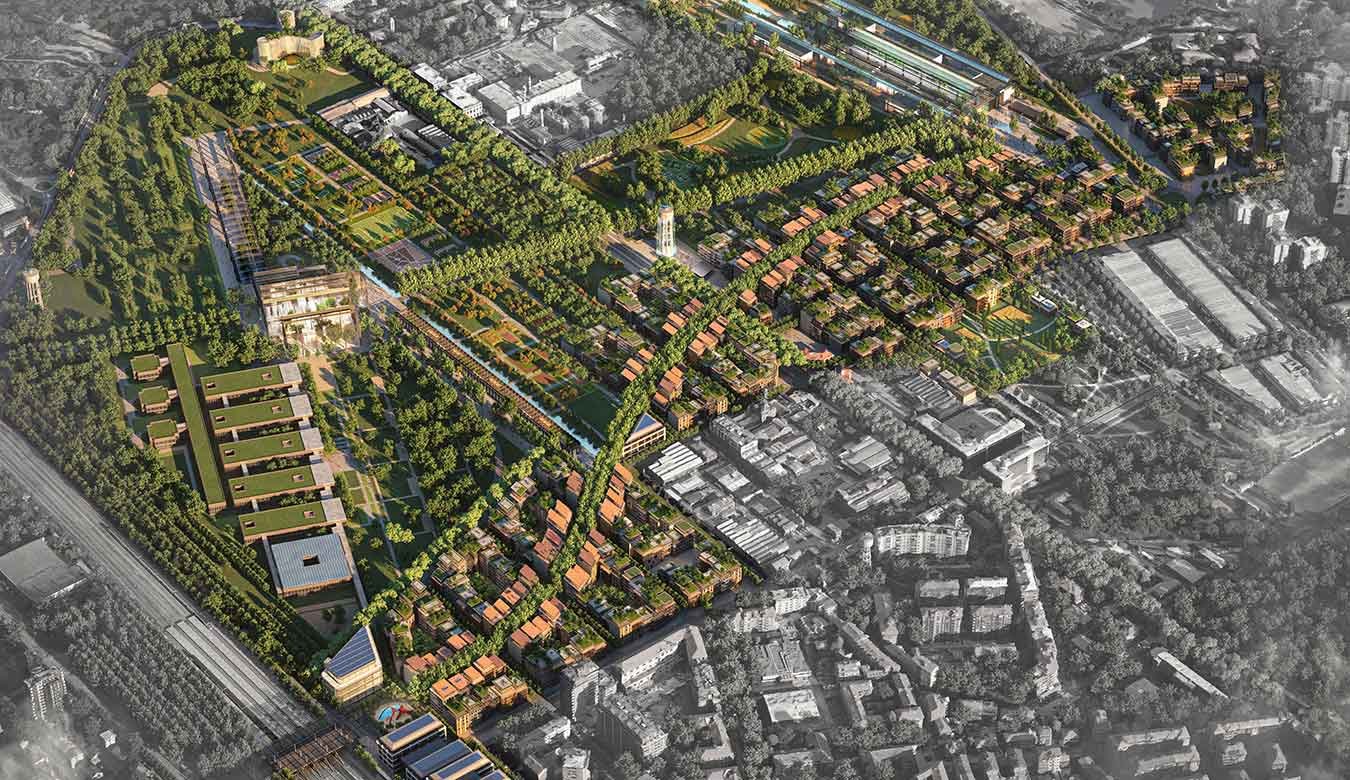Interview with Mario Abbadessa, Senior Managing Director & Country Head of Hines Italy

Bocconi University’s Sustainable Urban Regeneration Lab (SUR Lab) is a new collaboration powered by Hines, Intesa Sanpaolo, Milanosesto S.p.a. and Prelios, leading players in the real estate sector involved in MilanoSesto, the biggest urban regeneration project in Italy and among the largest ones in Europe. The mission of the SUR Lab is to develop and spread knowledge on sustainable urban regeneration processes and how they generate value for the private sector and society. A five-year program analysing different aspects of urban regeneration, source of interesting and enriching insights for a dedicated course in Economics of Sustainable Urban Regeneration, focused on innovative living and working models, as well as financial tools, in line with the latest international ESG standards and protocols.
Why did Hines decide to support the institution of the SUR Lab initiative? Which are the drivers of this decision?
We are proud to announce the partnership with Bocconi for the launch of the SUR Lab. Besides the university’s world-famous reputation and standing, the collaboration is strategic and very much in line with Hines’ visionary approach, mission and commitment in urban regeneration. For Hines, sustainability has always represented an essential aspect in the creation of value not only for investors and institutional stakeholders, but for also the community and citizenship. We strongly believe in this partnership, the first of its kind in Italy, that will allow us to bring our know-how, strengthened by an international track record in ESG. With our project MilanoSesto, we aim at creating a benchmark in urban regeneration both at national and international level, developing not only a real estate investment characterised by urban and architectural excellence, but a project with a strong environmental, economical and social focus. It will hence serve the Lab as the ideal canvas to carry out an in-depth study on its impact and value creation regarding several topics. The research held by the SUR Lab will help improve and share knowledge on key subjects for the present and future of urban society, with the formation of a strong and recognized literature able to inspire students, professionals, businesses, institutions. It will also encourage the attraction of young talents, being the source of a dedicated course in Economics of Sustainable Urban Regeneration.
Which is Hines’ contribution to the urban regeneration process in Milan? Briefly describe Hines’ ongoing and forthcoming regeneration projects in Milan. How do they contribute to reshaping Milan?
Hines has currently invested 4 billion Euros in the city of Milan, contributing with several projects to its transformation to enhance and make it a worthy competitor of other great world capitals. At the moment we are working on three major urban regenerations, all sharing the guiding principles of inclusion, sustainability, and long-term vision, aimed at creating destinations able to both address the existent communities’ needs and attract visitors.
MilanoSesto is Hines’ main ongoing urban regeneration project with a 1.5 million square metre surface, previously the site of the Falck steelworks in Sesto San Giovanni. It will become a new urban district designed with a multifunctional mix (residential, offices, retail, hospitality). It will feature a 45-hectare park, new squares and places for interaction and exchange, a medical excellence with the City of Health and Research (comprised of the Besta Neurological Institute and National Cancer Institute) and the new San Raffaele’s academic and hospital hub. The Ex Trotto project, spreading over 130,000 square meters in the San Siro area, foresees the creation of residential rental spaces designed for a multifamily target and characterized by services and commodities to meet future demands. Another major urban regeneration project is MoLeCoLa, occupying over 90,000 square meters in the strategic area of Bovisa, in the surroundings of Politecnico di Milano’s campus, that will host a residential area, student housing and office spaces.
With an innovative approach for the Italian market, all urban regeneration projects will provide affordable rentals and spaces designed to promote sociality and inclusion, creating an integrated community of people of different ages, from students and young professionals to families and seniors.
How does sustainability characterize urban regeneration projects today?
By saying ‘sustainability’, people often think of a commitment to the environment, ignoring that the concept of sustainability itself entails a much wider spectrum, especially from a social perspective. The attention to the environment remains crucial, but nowadays, any real estate investment cannot be considered ‘sustainable’ if it does not meet the needs of the people it is developed for. In Hines’ vision, an innovative and forward-looking real estate investor must adopt and embody a new ethical development model with a strong social and economical impact, taking people and their needs as the starting point for the creation of a truly open and inclusive community, attuned to the interests of future generations.
